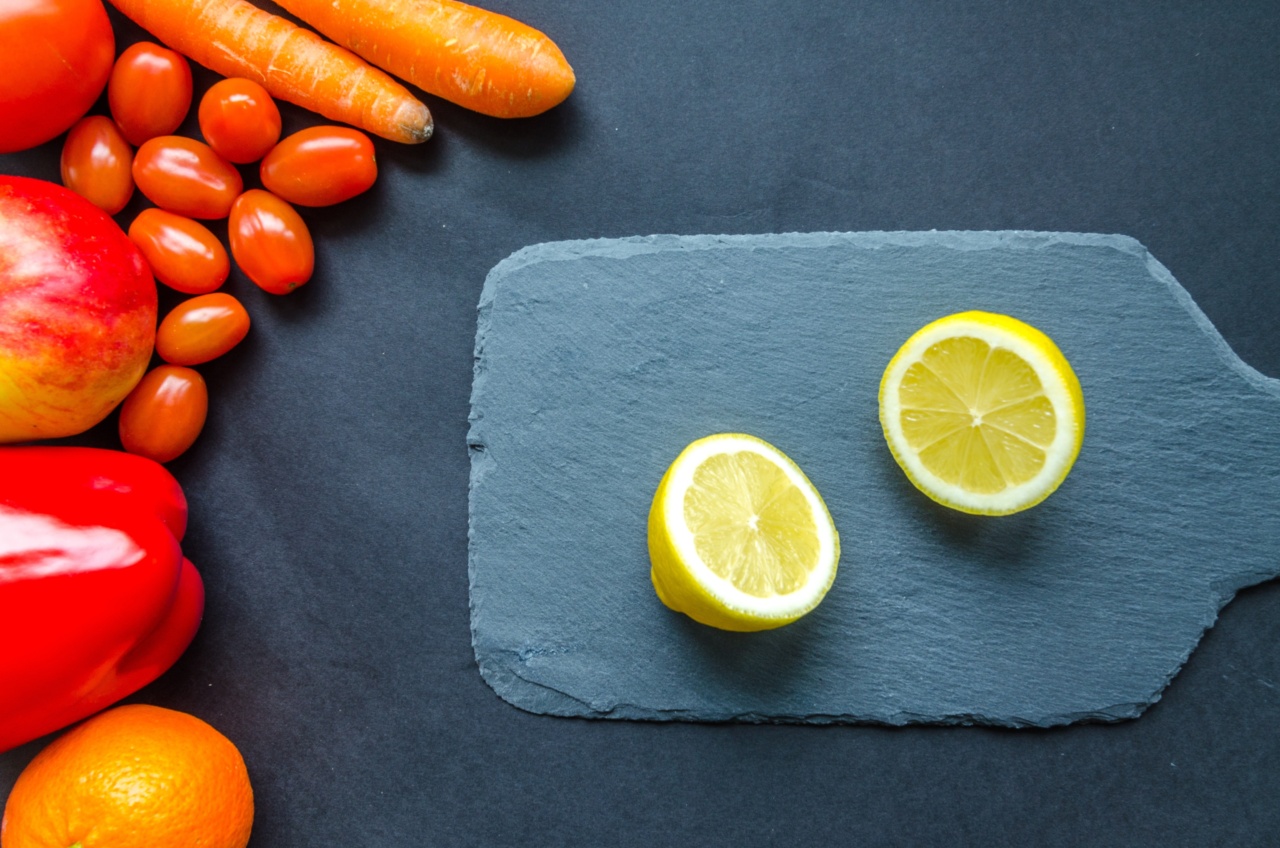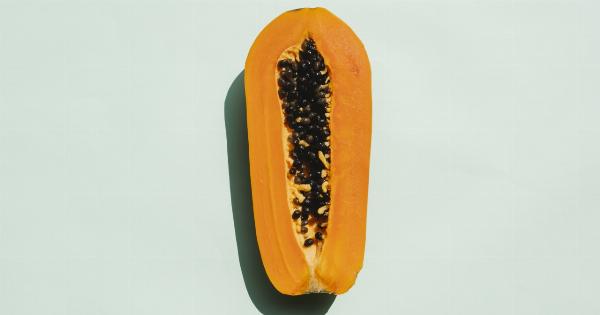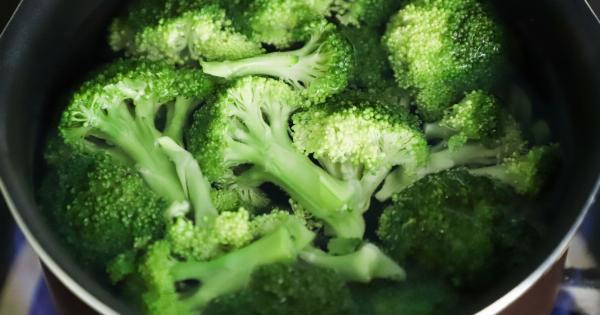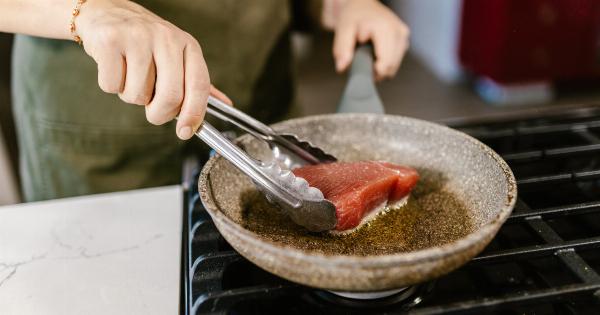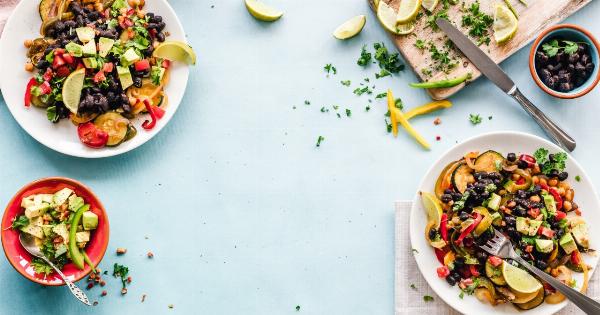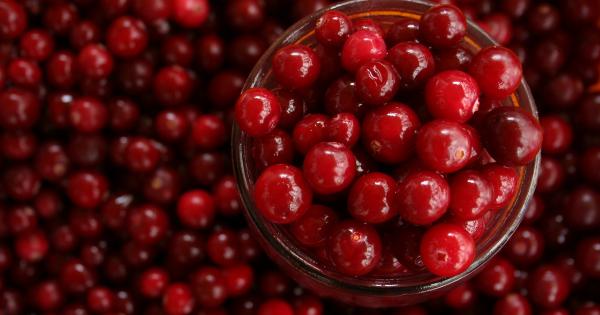When it comes to maintaining a healthy diet, including a variety of fruits and vegetables is essential. These natural wonders are loaded with vitamins and minerals that support our overall well-being.
However, did you know that some cooking and storage methods can result in the loss of these valuable nutrients? In order to maximize the nutritional benefits of your produce, it’s important to take certain steps to prevent vitamin loss. Read on to discover tips and tricks to ensure you’re getting the most out of your fruits and vegetables.
1. Opt for Fresh and Ripe Produce
The first step in preventing vitamin loss begins at the grocery store. Choosing fruits and vegetables that are fresh and ripe is crucial. When produce is picked at its peak ripeness, it tends to have higher vitamin content.
As fruits and vegetables ripen, their vitamins and minerals naturally increase. So, select produce that is free from bruises, blemishes, and signs of over-ripeness for maximum nutritional benefits.
2. Properly Store Your Produce
Storing your fruits and vegetables correctly can make a significant difference in their vitamin content. Exposing them to air, moisture, or light can accelerate the degradation of vitamins, so it’s important to store them in the right conditions:.
- Keep fruits and vegetables in the refrigerator to slow down the degradation process.
- Store fruits and vegetables in separate compartments and avoid storing them together.
- Avoid washing produce before storing it, as moisture can increase the likelihood of spoilage.
- Use breathable containers or perforated bags to prevent the buildup of moisture.
3. Choose the Right Cooking Methods
Cooking is a common method to prepare fruits and vegetables, but it can also lead to vitamin loss if not done correctly. Some cooking methods can cause more nutrient depletion than others:.
- Steaming: Steaming is one of the best ways to cook produce while retaining its vitamin content. The short cooking time and minimal contact with water help to preserve the nutrients.
- Grilling: Grilling can also help retain vitamins in vegetables, especially when they are grilled quickly over high heat.
- Microwaving: Microwaving is a quick and efficient way to cook fruits and vegetables without significant loss of vitamins.
- Boiling: Boiling is known to cause the most nutrient loss due to prolonged exposure to water. If you choose to boil your produce, try using the cooking water in soups or sauces to recapture some of the lost vitamins.
4. Practice Proper Cutting Techniques
The way you cut your fruits and vegetables can impact their vitamin content. Chopping them into smaller pieces increases the surface area exposed to air and light, leading to faster vitamin degradation. To minimize nutrient loss, it is best to:.
- Cut fruits and vegetables into larger pieces whenever possible.
- Wait to cut them until just before cooking or eating.
- Use sharp knives to make clean cuts instead of bruising or mashing the produce.
5. Consider Eating Produce Raw
Eating fruits and vegetables in their raw state is an excellent way to ensure maximum vitamin intake. Raw produce offers the most vitamins and minerals since they remain unaltered by cooking methods.
Incorporating raw fruits and vegetables into your daily diet, such as through salads and smoothies, gives you a great vitamin boost.
6. Preserve Through Freezing
If you have excess fruits and vegetables and don’t want them to go to waste, freezing is a wonderful option. Freezing produce helps retain a significant portion of its nutritional value:.
- Blanch vegetables briefly in boiling water before freezing to preserve their color, flavor, and vitamins.
- Place fruits and vegetables in airtight containers or freezer bags to prevent freezer burn.
- Label and date the frozen items for easier organization and to keep track of their freshness.
- Consume them within a reasonable amount of time to ensure optimal flavor and vitamin retention.
7. Avoid Overcooking
Overcooking fruits and vegetables can cause significant vitamin loss. The longer the cooking time, the more vitamins will be depleted. To prevent this, consider using the minimum cooking time needed to achieve your desired texture.
Monitoring your cooking process closely will help you avoid overcooking and retain more vitamins.
8. Preserve Cooking Water
The water used to cook fruits and vegetables can contain a significant portion of the vitamins that have been released during cooking. Instead of discarding this water, use it in soups, stews, or sauces to reap the nutritional benefits.
Including the cooking water in your recipes is an easy way to restore some lost vitamins.
9. Avoid Excessive Peeling
While it may be necessary to peel some fruits and vegetables for certain recipes or due to personal preference, keep in mind that many of the essential vitamins are found directly beneath the skin.
By peeling excessively, you may be discarding some of the most nutritious parts of your produce. Whenever possible, choose to leave the skin intact to retain more vitamins.
10. Consume Cooked Leftovers Promptly
If you have leftovers from a cooked fruit or vegetable dish, it’s important to consume them promptly. The longer the leftovers sit in the refrigerator, the more opportunity there is for nutrient degradation.
Plan your meals accordingly to minimize the time between cooking and consuming cooked produce.
Conclusion
To get the most out of your fruits and vegetables, it’s crucial to be mindful of how you select, store, and prepare them.
By following these tips, you can prevent unnecessary vitamin loss and ensure that you are reaping the full nutritional benefits that these natural wonders have to offer. Remember, a little extra care can go a long way in preserving the health-giving properties of your produce.
